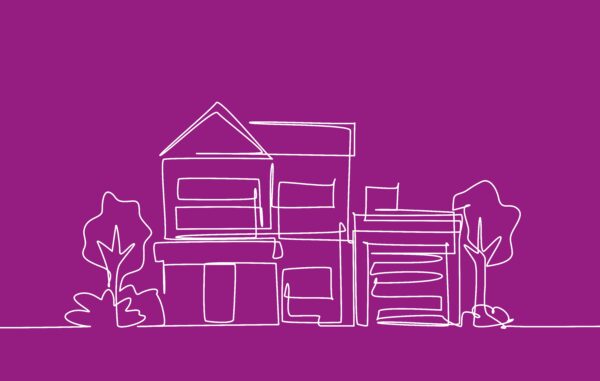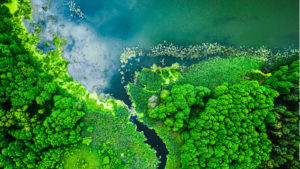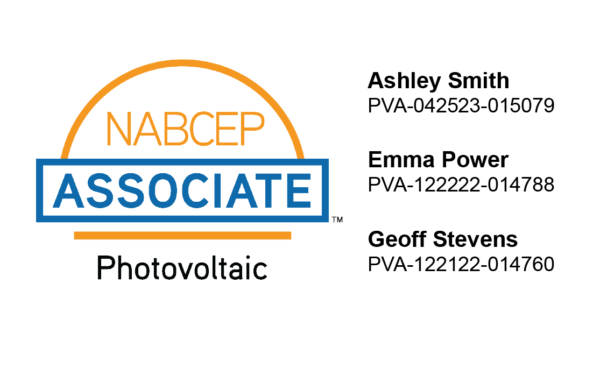
Over $20 Million in Funding Secured!
We’re celebrating a milestone! Our small but mighty team has surpassed $20 million in total awarded funding for climate action ...
Read MoreYes, we are carbon neutral, and have been since we began in 2017.
We achieve carbon neutrality by:
As a small company with only home-based offices, our total emissions are largely influenced by air and road travel that is required to support clients. This naturally fluctuates year-to-year as our active projects change. By switching the primary company vehicle from gas to electric, our road travel emissions have reduced by 52% (2024 vs. 2019). Overall, our 2024 emissions were 32% lower than our 2019 emissions despite our annual revenue being 2.5 times higher – we are doing more good work with less impact.
What does Carbon Neutral mean, exactly?
The term Carbon Neutral or Net Zero is typically used to refer to the idea that an organization (or individual) has purchased the quantity of offsets that is equivalent to the amount of GHGs they emitted over a certain time period, usually one year. For example, an organization that emitted 10 tonnes of GHGs (+10) and then purchases 10 offsets (-10) may claim that they have net-zero emissions or are carbon neutral for that particular year.
Within an organization, emphasis is ideally put on reducing or avoiding emissions wherever possible. And the purchasing of carbon offsets is reserved for those emissions which cannot be avoided within the current context/energy supply infrastructure.
What is a carbon offset and where does it come from?
In the voluntary market – which applies to most organizations – a carbon offset is generated in two ways:
It is important to note the different sources of carbon offsets, and to acknowledge that a large part of their value as a lever for climate action is nested in their usefulness as a financial mechanism to support ‘green’ projects. Often, the ‘incremental’ cost of doing something more ‘green’ within a project becomes viable when there is an opportunity to generate revenue for the project through the sale of carbon offsets.
Given the various ways that carbon offsets are generated, one can understand that buying a carbon offset does not exactly translate into a ‘cancelling’ of the emissions impact of an organization or individual. Once emissions are released, they are in the atmosphere and contribute to the current climate crisis.
However, buying offsets can have a positive global impact. Since each carbon offset is associated with a particular ‘green’ project somewhere in the world, purchasing offsets demonstrates an appreciation for these actions and encourages more of them. At minimum, offsets are like an investment in a climate positive future. Carbon offset markets were developed to facilitate the transition to a low-carbon future – despite the uncertainties and nuances associated with the system, there is evidence that supports their overall benefits.
Where can I buy carbon offsets?
There are many places to buy carbon offsets in the voluntary market. Note that the regulated markets are specific to very large industry and are not applicable to most organizations.
We recommend, first, developing and implementing a carbon management plan, and second, purchasing offsets from projects which have followed international standards and are recognized by top tier groups such as CSA and the UN. These bodies review the projects for critical factors including whether the calculated emissions savings/removals from a project are accurate, whether they are truly ‘additional’ or beyond what would have occurred anyway, and whether they have significant social impact. Gold Standard is as it sounds – the most rigorous global standard for certifying carbon offsets.
Fundamental Inc. has purchased offsets from several sources for different reasons.

We’re celebrating a milestone! Our small but mighty team has surpassed $20 million in total awarded funding for climate action ...
Read More
The Town of Channel-Port Aux Basques has had a rough few years after the devastation of Hurricane Fiona – they ...
Read More
We are so proud to have contributed to this fleet electrification project with the Town of Portugal Cove – St. Philip’s. ...
Read More
On January 24th, 2024, Emma represented Fundamental Inc. on a climate change-focused panel discussion hosted by Statistics Canada and The Harris Centre. It ...
Read More
On the November 22nd episode of Municipal Matters on Rogers Community TV, Ashley was featured as part of a panel ...
Read More
It has been a full year since Hurricane Fiona devastated the Southwest Coast of the Island of Newfoundland, specifically the ...
Read More
Ashley and Emma each recently obtained the PV Associate Credential (PVA) from the North American Board of Certified Energy Practitioners ...
Read More
As of May 2023, Fundamental Inc. is a certified B Corporation. B Corp Certification means that a company has been ...
Read More
In The Green Chair is a podcast by Relay Education, a charity which delivers education and training programs about renewable ...
Read More
This month, Emma spoke with CBC on two occasions to add to the difficult yet critical conservations surrounding the implications ...
Read More